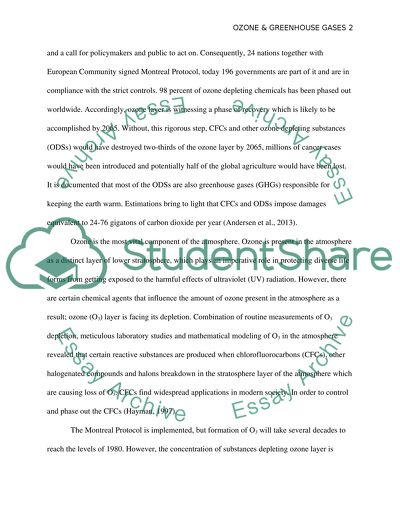Cite this document
(“The Effect of the Ozone Layer on the Greenhouse Effect Research Paper”, n.d.)
The Effect of the Ozone Layer on the Greenhouse Effect Research Paper. Retrieved from https://studentshare.org/environmental-studies/1667438-the-effect-of-the-ozone-layer-on-the-greenhouse-effect
The Effect of the Ozone Layer on the Greenhouse Effect Research Paper. Retrieved from https://studentshare.org/environmental-studies/1667438-the-effect-of-the-ozone-layer-on-the-greenhouse-effect
(The Effect of the Ozone Layer on the Greenhouse Effect Research Paper)
The Effect of the Ozone Layer on the Greenhouse Effect Research Paper. https://studentshare.org/environmental-studies/1667438-the-effect-of-the-ozone-layer-on-the-greenhouse-effect.
The Effect of the Ozone Layer on the Greenhouse Effect Research Paper. https://studentshare.org/environmental-studies/1667438-the-effect-of-the-ozone-layer-on-the-greenhouse-effect.
“The Effect of the Ozone Layer on the Greenhouse Effect Research Paper”, n.d. https://studentshare.org/environmental-studies/1667438-the-effect-of-the-ozone-layer-on-the-greenhouse-effect.


